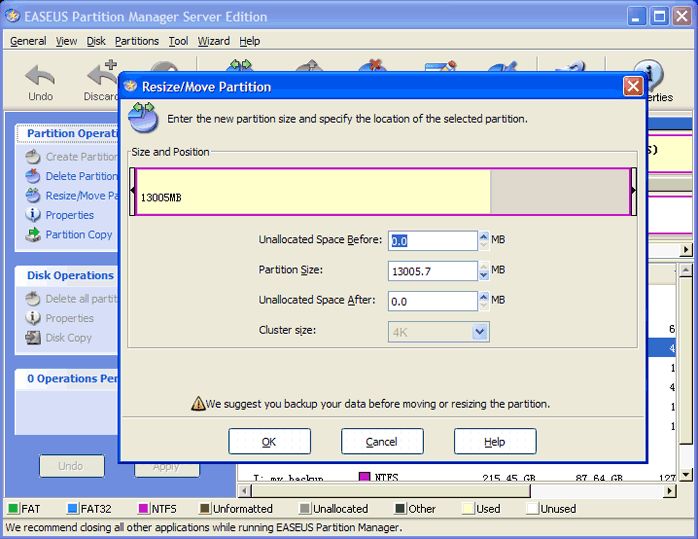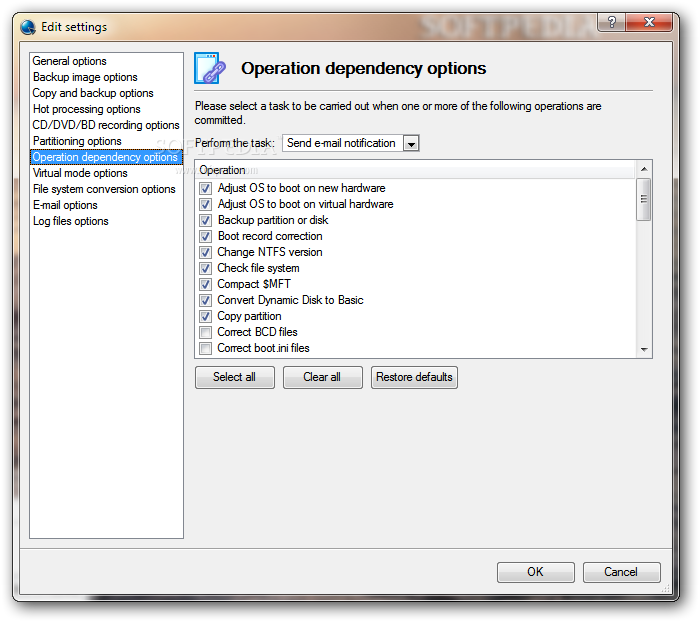

Select the disk to be converted and click on OK. This will invoke the Convert to Dynamic Disk dialog shown below:Īs shown in the above figure all drives eligible for conversion are listed. To perform the conversion simply right click on the icon for the drive in question and select Convert to Dynamic Disk.

This can be achieved by running compmgmt.msc in command prompt window or Run dialog and selecting Storage -> Disk Management. It is not, for example, possible to convert a basic GPT disk containing one or more Linux partitions to a dynamic disk.įinally, basic disks with sector sizes in excess of 512 bytes cannot be converted to dynamic disks.Īssuming that the above requirements are met, the first step is to open the Disk Management interface.
#Volume manager server windows
GPT disks can only be converted if they have contiguous, Windows compatible partitions. Both Disk Management and diskpart allocate this space automatically so this will only be a problem if the disk was partitioned using a third party tool or an older version of Windows.
#Volume manager server free
In the first instance, MBR disks must have at least 1MB of free space at the end of the disk where the dynamic disk database will be stored. Before covering the steps to perform such a conversion there are a number of rules which need to be observed. Windows Server 2008 allows basic disks to be converted to dynamic disks using the Disk Management interface. RAID 5 requires 3 or more disks and is designed to provide fault tolerance. The parity information can also be used to restore data in the event of a failure using a technique known as regeneration. With RAID 5 striping is used in conjunction with parity error checking such that the data can continue to be used in the event that one of the drives fails. RAID 5 Volume - RAID 5 is a variation of volume striping.The primary purpose of disk mirroring is data redundancy and disaster recovery. Mirrored Volume - Also referred to as RAID 1, disk mirroring involves writing the same data to two drives such that if one drive fails an exact copy of the data is available on the second disk.The key purpose of striping is to increase disk performance. The disks involved in this process are referred to as a stripe set. Striped Volume - Also referred to as RAID 0, disk striping involves splitting data into multiple parts and writing each part to a different disk drive (a process which is reversed when the data is read back).

Spanned volumes avoid many of the limitations inherent in simple volumes.


 0 kommentar(er)
0 kommentar(er)
